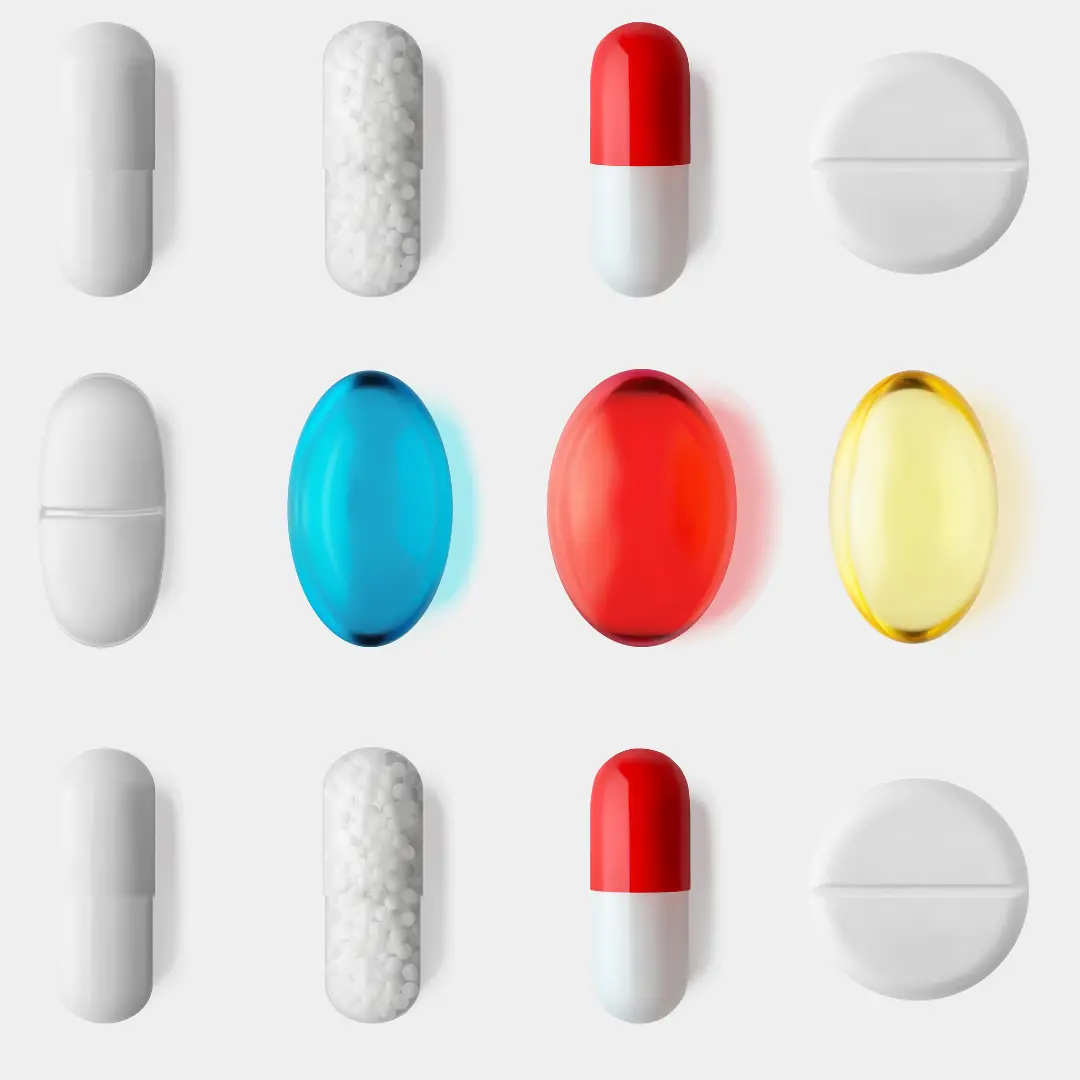Uses & Effectiveness
Overview
Cha de Bugre is a tree that is native to Brazil and can also be found in the tropical forests of Paraguay and Argentina. The tree produces a red fruit that looks a lot like a coffee bean. This fruit is often roasted and brewed into a tea as a substitute for coffee. One of its names is “cafe do mato” or “coffee of the woods.”
Cha de Bugre is a popular weight loss aid in Brazil and is a common ingredient in “Brazilian diet pills” that are also becoming popular in North America. Some of these “Brazilian diet pills” are also thought to contain prescription amphetamines and tranquilizers.
Cha de Bugre is also used to treat cellulite, cough, fluid retention (edema), gout, cancer, herpes, viral infections, fever, and diseases of the heart and blood vessels. It is also used as a general tonic to improve blood circulation and heart function.
Some people apply Cha de Bugre directly to the skin for wound healing.
Cha de Bugre is a small red fruit native to Brazil that has been used for centuries due to its potential weight loss benefits. It contains caffeine and compounds that may promote fat burning, suppress appetite, and boost energy levels, making it a popular ingredient in some weight loss supplements.
Side Effects
There is not enough known about Cha de Bugre to know if there are any safety concerns or if it is safe to take.
Interactions
We currently have no information for CHA DE BUGRE overview.
Special Precautionsand Warnings
There is not enough known about Cha de Bugre to know if there are any safety concerns or if it is safe to take. Pregnancy and breast-feeding: Not enough is known about the use of Cha de Bugre during pregnancy and breast-feeding. Stay on the safe side and avoid use.
Dosing
The appropriate dose of Cha de Bugre depends on several factors such as the user’s age, health, and several other conditions. At this time there is not enough scientific information to determine an appropriate range of doses for Cha de Bugre. Keep in mind that natural products are not always necessarily safe and dosages can be important. Be sure to follow relevant directions on product labels and consult your pharmacist or physician or other healthcare professional before using.

